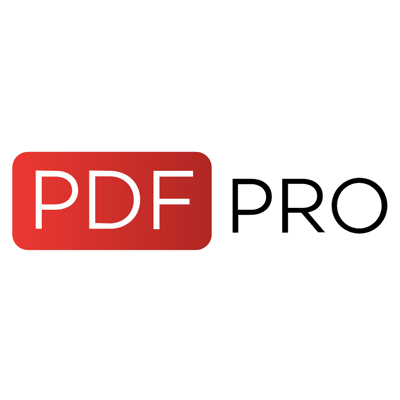The Portable Document Format (PDF) is a widely-used file format developed by Adobe Systems in 1993. It was created to enable document exchange independent of software, hardware, or operating systems. PDFs can encapsulate text, fonts, images, and even interactive elements such as hyperlinks, which makes them a versatile and secure medium for exchanging documents.
Understanding the PDF Filetype
At its core, a PDF file is a representation of a printed document in a digital form. It preserves the formatting, so it appears the same on any device. This is achieved through an internal structure that includes a fixed layout, vector graphics, and raster images. These files can be encrypted for security and can include digital rights management (DRM) restrictions to prevent unauthorized copying or editing.
Evolution of PDF Software
Initially exclusive to Adobe Acrobat software, PDF creation and viewing capabilities have expanded over the years to a wide range of applications. Today, many operating systems come with integrated PDF readers, and free or open-source software like Foxit Reader and PDFCreator are easily accessible for most users. Professional environments often utilize feature-rich tools like Adobe Acrobat Pro for advanced editing, interactive forms, and batch processing.
Alternatives to PDF
Although PDF is the de facto standard for document exchange, there are alternatives. Formats such as XPS, developed by Microsoft, and the open-source DjVu aim to provide similar functionality. For digital publishing, formats like EPUB and MOBI offer reflowable content, better suited for e-books on various screens and devices.
In Summary
PDF remains a cornerstone of digital document sharing, ensuring that users across different platforms can view and exchange documents with consistent formatting. With the advent of more interactive and web-based document formats, PDF continues to evolve, integrating new interactive features and adapting to the needs of an increasingly connected world.























